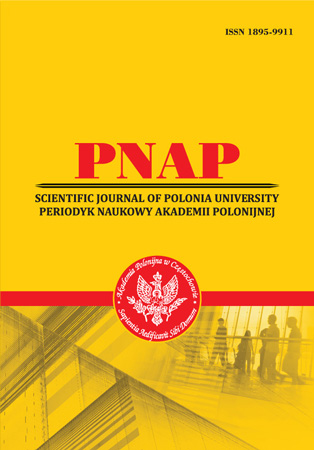IMPACT OF STRESS FACTORS ON UKRAINIAN WAR VICTIMS IN THE COUNTRY AND ABROAD
Abstract
The purpose of the study was to estimate the frequency of the most probable stress factors and behavioural disorders based on the our own survey results among Ukrainians in accordance with the place of residence. The study was conducted from January to August 2023 and included 160 participants, divided into 3 groups: 1 group – those who remained in their hometown (n=80), 2 – internally displaced people (n=49), 3 – participants, living abroad (n=31). A deterioration in the quality of sleep and nutrition was often found among patients in group 2 and 3, common stress factors in these groups included loss or change of job and low socialization. In group 1, sleep disturbances were caused by traumatic experience, changes in work and its conditions affected the frequency of smoking, alcohol abuse and the quality of nutrition. In order to reduce the severity or eliminate behavioural risk factors, special attention should be paid to overcoming the consequences of traumatic experiences among people who remain in their hometown, to integrating internally displaced persons into society, and to immediate providing psychological support to people living abroad.
References
2. Al Ali, R., Rastam, S., Fouad, F. M., Mzayek, F., & Maziak, W. (2011). Modifiable cardiovascular risk factors among adults in Aleppo, Syria. International journal of public health, 56(6), 653–662. https://doi.org/10.1007/s00038-011-0278-0
3. Deguchi, Y., Iwasaki, S., Niki, A., Kadowaki, A., Hirota, T., Shirahama, Y., Nakamichi, Y., Okawa, Y., Uesaka, Y., & Inoue, K. (2022). Relationships between Occupational Stress, Change in Work Environment during the COVID-19 Pandemic, and Depressive and Anxiety Symptoms among Non-Healthcare Workers in Japan: A Cross-Sectional Study. International journal of environmental research and public health, 19(2), 983. https://doi.org/10.3390/ijerph19020983
4. Fadieienko, H.D. (Eds.). (2022). Neinfektsiini zakhvoriuvannia v period ta pislia zbroinykh konfliktiv [Non-communicable diseases during and after armed conflicts]. Kharkiv: TOV «Dim Reklamy» [in Ukrainian].
5. Jawad, M., Vamos, E. P., Najim, M., Roberts, B., & Millett, C. (2019). Impact of armed conflict on cardiovascular disease risk: a systematic review. Heart (British Cardiac Society), 105(18), 1388–1394. https://doi.org/10.1136/heartjnl-2018-314459
6. Krantz, D. S., Shank, L. M., & Goodie, J. L. (2022). Post-traumatic stress disorder (PTSD) as a systemic disorder: Pathways to cardiovascular disease. Health psychology : official journal of the Division of Health Psychology, American Psychological Association, 41(10), 651–662. https://doi.org/10.1037/hea0001127
7. Meng, L. B., Zhang, Y. M., Luo, Y., Gong, T., & Liu, D. P. (2021). Chronic Stress A Potential Suspect Zero of Atherosclerosis: A Systematic Review. Frontiers in cardiovascular medicine, 8, 738654. https://doi.org/10.3389/fcvm.2021.738654
8. Morina, N., Stam, K., Pollet, T. V., & Priebe, S. (2018). Prevalence of depression and posttraumatic stress disorder in adult civilian survivors of war who stay in war-afflicted regions. A systematic review and meta-analysis of epidemiological studies. Journal of affective disorders, 239, 328–338. https://doi.org/10.1016/j.jad.2018.07.027
9. O'Connor, D. B., Thayer, J. F., & Vedhara, K. (2021). Stress and Health: A Review of Psychobiological Processes. Annual review of psychology, 72, 663–688. https://doi.org/10.1146/ annurev-psych-062520-122331
10. Osiichuk, M., & Shepotylo, O. (2020). Conflict and well-being of civilians: The case of the Russian-Ukrainian hybrid war. Economic Systems, 44(1), 100736. https://doi.org/10.1016/j. ecosys.2019.100736
11. Roberts, B., Makhashvili, N., & Javakhishvili, J. (2017). Hidden burdens of conflict: Issues of mental health and access to services among internally displaced persons in Ukraine. International Alert/GIP-Tbilisi/London School of Hygiene and Tropical Medicine.
Abstract views: 307 PDF Downloads: 164







